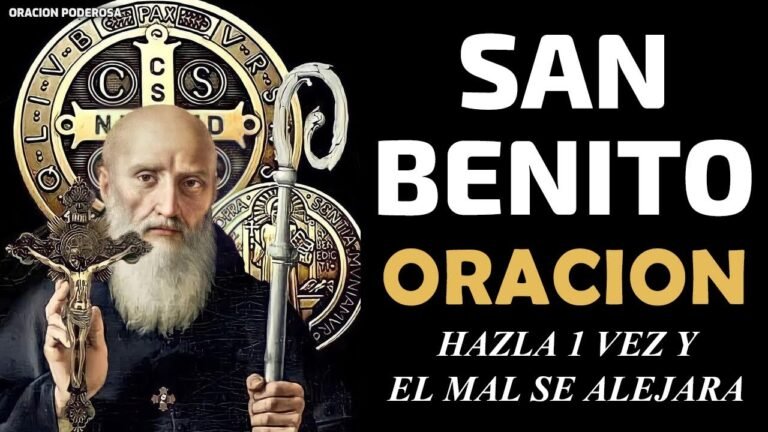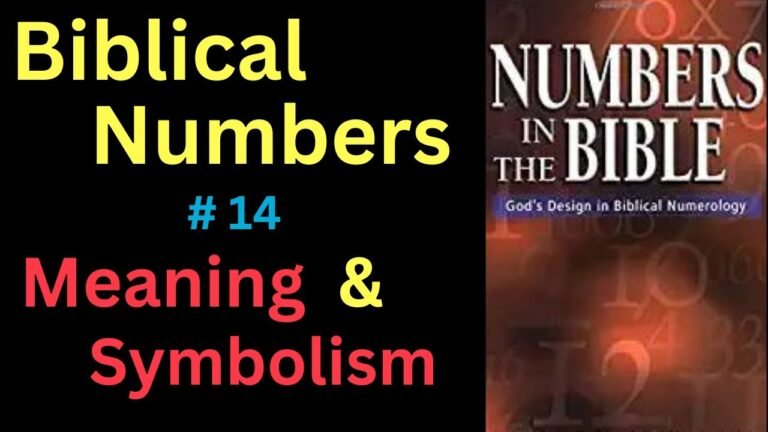The Symbolism and Significance of the Ichthys Jesus Fish
The ichthys, commonly known as the Jesus fish, is a powerful symbol of Christianity that has transcended its ancient roots to become a recognizable emblem in modern culture. Shaped like a simple fish outline, this emblem represents faith, community, and the spiritual journey of believers. Its origins date back to the early Christians who used the ichthys as a discreet sign of their beliefs during times of persecution. Today, the Jesus fish can be seen on car decals, jewelry, and various forms of art, serving as a reminder of the enduring legacy of faith in contemporary society.
What is the significance of the ichthys fish?
The ichthys fish, an ancient symbol, carries profound significance in both pagan and Christian traditions. Originally used as a fertility talisman, it evolved into a powerful emblem for early Christians, who adapted its form to represent their faith. The Greek word “ichthys” serves as an acrostic, with each letter signifying a core belief: “Iēsous Christos Theou Hyios Sōtēr,” meaning “Jesus Christ, Son of God, Savior.” This dual heritage highlights its enduring legacy as a symbol of hope and faith through the ages.
Which fish symbolizes Jesus?
The ichthys symbol, often referred to as the “Jesus fish,” serves as a powerful emblem of Christian faith and identity. This simple yet profound symbol was initially embraced by early Christians who sought a discreet way to express their beliefs during times of persecution. Its design, resembling a fish, holds significant meaning as it is linked to key biblical events and teachings.
In contemporary culture, the ichthys has experienced a resurgence, particularly since the 1980s, when various artistic interpretations began to emerge. Today, it is widely recognized, often seen on car decals and jewelry, symbolizing a sense of community and shared values among believers. This enduring symbol continues to inspire and connect Christians around the world, embodying a message of faith that transcends time and circumstance.
What type of fish did Jesus prefer?
Archaeological discoveries at excavation sites around the Sea of Galilee have shed light on the dietary habits of the time. The presence of tilapia and carp bones suggests that these fish were abundant in the waters during Jesus’ lifetime. This insight provides a fascinating glimpse into the food sources available to Jesus and his followers.
Given the evidence, it is likely that tilapia, known for its delicate flavor and nutritional value, was one of the fish Jesus would have consumed. This connection not only enriches our understanding of the historical context but also highlights the significance of the Sea of Galilee as a vital resource for sustenance in that era.
Unveiling the Meaning Behind the Ancient Symbol
The ancient symbol, often shrouded in mystery, serves as a bridge between past and present, embodying the collective wisdom of civilizations long gone. Its intricate design reflects a rich tapestry of cultural significance, intertwining themes of unity, strength, and spirituality. As scholars delve deeper into its origins, they uncover layers of meaning that speak to the human experience, reminding us of our shared journey through time. This emblem not only captures the essence of its time but also invites us to reflect on our own values and beliefs, making it a timeless emblem of connection and understanding across generations.
A Deep Dive into Faith and Identity
In an increasingly interconnected world, the interplay between faith and identity has emerged as a focal point for understanding individual and collective experiences. People often navigate their beliefs in ways that shape their worldview, influencing their values, traditions, and social interactions. This exploration of faith is not merely a personal journey; it reflects broader societal currents and the quest for meaning in a fast-paced, often chaotic environment.
As individuals confront challenges and seek purpose, their faith can serve as an anchor, providing a sense of belonging and community. Religious affiliations can foster deep connections among like-minded individuals, creating networks of support and shared values. However, as society progresses, many also grapple with the complexities of religious pluralism, where diverse beliefs coexist, often leading to both enriching dialogues and tensions that spark critical conversations about tolerance and understanding.
Ultimately, the relationship between faith and identity is a dynamic tapestry woven from personal experiences, cultural backgrounds, and historical contexts. This interaction not only shapes who we are as individuals but also influences how we engage with the world around us. By delving into this intricate connection, we gain insights into the motivations that drive human behavior, paving the way for a more empathetic and inclusive society where diverse identities can thrive harmoniously.
The Ichthys: More Than Just a Fish
The Ichthys, commonly known as the fish symbol, holds a profound significance that transcends its simple aquatic reference. Originating from early Christianity, this emblem became a secret sign among believers during times of persecution. It embodies faith, unity, and the message of Jesus Christ, who called his disciples to be “fishers of men.” The symbol serves as a reminder of the transformative power of belief and the community it fosters.
In contemporary culture, the Ichthys has evolved beyond its religious roots, becoming a popular symbol among various groups and individuals who seek to express their spirituality. Many proudly display the fish symbol on their vehicles, jewelry, and clothing, using it as a means to connect with like-minded individuals and share their values. This versatility highlights the enduring relevance of the Ichthys, as it continues to resonate with people from diverse backgrounds and beliefs.
Moreover, the Ichthys represents a bridge between ancient tradition and modern expression. As society grapples with complex moral and ethical dilemmas, this simple fish symbol stands as a beacon of hope, reminding us of the importance of community and shared purpose. Whether viewed through a historical, spiritual, or cultural lens, the Ichthys encapsulates a rich tapestry of meanings that inspire and connect generations, proving that even the simplest symbols can carry deep significance.
Exploring Christian Heritage Through Symbolism
Christian heritage is rich with symbolism, serving as a bridge between the faith’s teachings and the lived experiences of its followers. From the iconic cross representing sacrifice and redemption to the dove symbolizing peace and the Holy Spirit, these emblems convey profound spiritual truths. Each symbol tells a story, inviting believers and seekers alike to delve deeper into their meaning and the historical context in which they emerged.
The use of symbolism in Christianity extends beyond mere representation; it fosters a sense of community and shared identity among believers. Churches adorned with stained glass windows depicting biblical scenes not only beautify sacred spaces but also educate congregants about their faith’s narratives. Rituals, such as baptism and communion, are steeped in symbolism, reminding participants of their commitment to a greater purpose and the communal bonds that unite them.
As we explore the depths of Christian heritage through these symbols, we uncover layers of meaning that resonate across generations. Engaging with this rich tapestry encourages reflection on personal faith journeys and inspires a deeper understanding of the values that shape Christian life. Ultimately, symbolism serves as a powerful tool for connection, reminding us that the essence of faith often transcends words, finding expression in the imagery that has stood the test of time.
The Enduring Legacy of the Jesus Fish
The Jesus Fish, an ancient symbol of Christianity, continues to resonate deeply within modern culture, serving as a testament to faith and community. Originating from the Greek word “ichthys,” which means fish, this emblem was used by early Christians as a secret sign during times of persecution. Its simplicity and profound meaning have allowed it to transcend centuries, evolving into a recognizable symbol of devotion that can be seen on everything from car decals to jewelry.
Today, the Jesus Fish represents more than just a religious icon; it embodies a sense of belonging and a shared identity among believers. As society becomes increasingly diverse, this symbol remains a unifying force, reminding individuals of their shared values and purpose. Its enduring presence in popular culture highlights the power of faith in shaping communities and encourages conversations about spirituality, acceptance, and the search for meaning in a rapidly changing world.
The ichthys Jesus fish stands as a powerful symbol of faith and resilience, embodying the rich history of Christianity while continuing to inspire new generations. Its simple yet profound design resonates with believers and seekers alike, reminding us of the core values of love, hope, and community. As this emblem gains popularity in various forms, it reinforces the enduring connection between spirituality and identity, inviting all to explore the depths of their own beliefs.







